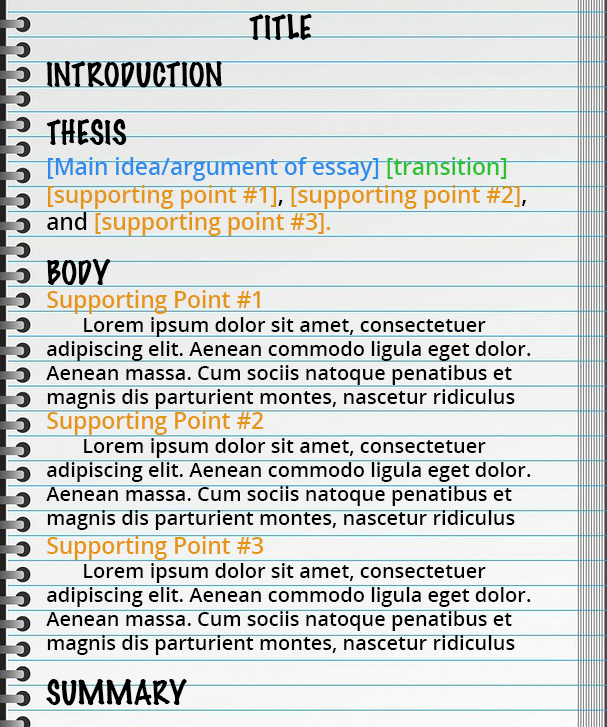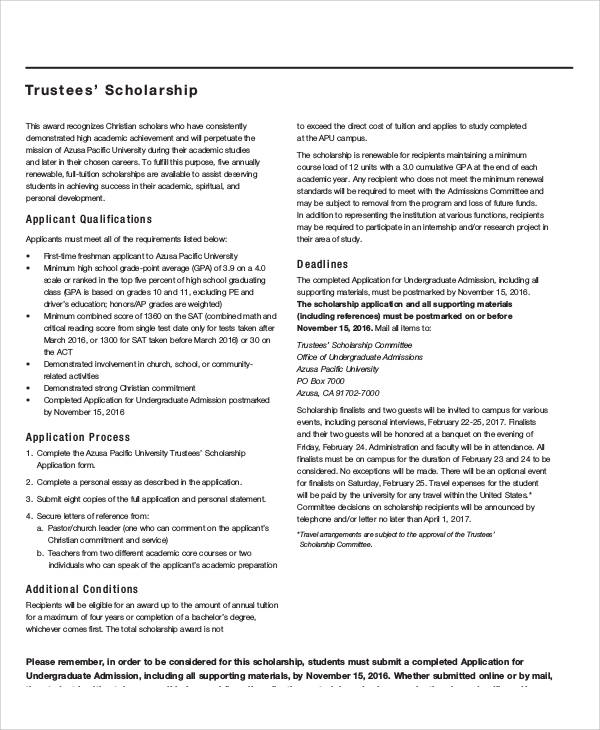
1/24/ · A good way to write an introduction for a research paper is to introduce your reader to the topic by telling them what you are writing about. Then, make sure you include an interesting fact, or some surprising statistical data, so that your reader will be 12/5/ · The first step to writing a research paper is to identify a topic to discuss. When choosing a topic, consider the following: Instructions given: the topic you pick must follow the requirements of the assignment. Relevance: choose a topic that is relevant to the subject and one that your audience can blogger.comted Reading Time: 5 mins Most research papers begin with a thesis statement at the end of an introductory paragraph. Even if it’s not a requirement, it’s a good idea to write a thesis statement as you begin to organize your blogger.comted Reading Time: 8 mins
How to Write a Research Paper | A Beginner's Guide
You are a re-entry student and it's been fourteen years since you've written a paper. You coasted through high school on your charm and good looks and never actually wrote a research paper. You have written research papers, but every time is like the first time, and the first time was like a root canal.
How do you start? Here is a step-by-step approach to starting and completing a research paper. You may read this TIP Sheet from start to finish before you how do you begin a research paper your paper, or skip to the steps that are causing you the most grief. Choosing a topic: Interest, information, and focus Your job will be more pleasant, and you will be more apt to retain information if you choose a topic that holds your interest.
Even if a general topic is assigned "Write about impacts of GMO crops on world food supply"how do you begin a research paper, as much as how do you begin a research paper find an approach that suits your interests.
Your topic should be one on which you can find adequate information; you might need to do some preliminary research to determine this. Go to the Reader's Guide to Periodical Literature in the reference section of the library, or to an electronic database such as Proquest or Wilson Web, and search for your topic.
The Butte College Library Reference Librarians are more than happy to assist you at this or any stage of your research. Scan the results to see how much information has been published. Then, narrow your topic to manageable size:. Too Broad: Childhood diseases Too Broad: Eating disorders Focused: Juvenile Diabetes Focused: Anorexia Nervosa.
Once you have decided on a topic and determined that enough information is available, you are ready to proceed. At this point, however, if you are having difficulty finding adequate quality information, stop wasting your time; find another topic. First read a general article on your topic, for example from an encyclopedia.
If you need to know what publication information is needed for the various types of sources, see a writing guide such as S F Writer.
On the index cards or in your notebook, write down information you want to use from each identified source, including page numbers. Use quotation marks on anything you copy exactly, so you can distinguish later between exact quotes and paraphrasing.
You will still attribute information you have quoted or paraphrased. Some students use a particular index card method throughout the process of researching and writing that allows them great flexibility in organizing and re-organizing as well as in keeping track of sources; others color-code or otherwise identify groups of facts. Use any method that works for you in later drafting your paper, but always start with good recordkeeping. Organizing: Mind map or outline Based on your preliminary reading, draw up a working mind map or outline.
Include any important, interesting, or provocative points, including your own ideas about the topic. A mind map is less linear and may even include questions you want to find answers to.
Use the method that works best for you. The object is simply to group ideas in logically related groups. You may revise this mind map or outline at any time; it is much easier to reorganize a paper by crossing out or adding sections to a mind map or outline than it is to laboriously start over with the writing itself.
Formulating a thesis: Focus and craftsmanship Write a well defined, focused, three- to five-point thesis statement, but be prepared to revise it later if necessary. Take your time crafting this statement into one or two sentences, for it will control the direction and development of your entire paper. For more on developing thesis statements, see the TIP Sheets "Developing a Thesis and Supporting Arguments" and "How to Structure an Essay.
Researching: Facts and examples Now begin your heavy-duty research. Try the internet, electronic databases, reference books, newspaper articles, and books for a balance of sources. For each source, write down on an index card or on a separate page of your notebook the publication information you will need for your works cited MLA or bibliography APA page.
Write important points, details, and examples, always distinguishing between direct quotes and paraphrasing. As you read, remember that an expert opinion is more valid than a general opinion, and for some topics in science and history, for examplemore recent research may be more valuable than older research.
Avoid relying too heavily on internet sources, which vary widely in quality and authority and sometimes even disappear before you can complete your paper. Never copy-and-paste from internet sources directly into any actual draft of your paper.
For more information on plagiarism, obtain from the Butte College Student Services office a copy of the college's policy on plagiarism, or attend the Critical Skills Plagiarism Workshop given each semester. Rethinking: Matching mind map and thesis After you have read deeply and gathered plenty of information, expand or revise your working mind map or outline by adding information, explanations, and examples, how do you begin a research paper.
Aim for balance in developing each of your main points they should be spelled out in your thesis statement. Return to the library for additional information if it is needed to evenly develop these points, or revise your thesis statement to better reflect what you have learned or the direction your paper seems to have taken.
Drafting: Beginning in the middle Write the body of the paper, starting with the thesis statement and omitting for now the introduction unless you already know exactly how to begin, but few writers do.
Use supporting detail to logically and systematically validate your thesis statement, how do you begin a research paper. For now, omit the conclusion also.
For more on systematically developing a thesis statement, see TIP sheets "Developing a Thesis and Supporting Arguments" and "How to Structure an Essay. Revising: Organization and attribution Read, revise, and make sure that your ideas are clearly organized and that they support your thesis statement.
Every single paragraph should have a single topic that is derived from the thesis statement. If any paragraph does not, take it out, or revise your thesis if you think it is warranted. Check that you have quoted and paraphrased accurately, and that you have acknowledged your sources even for your paraphrasing. Every single idea that did not come to you as a personal epiphany or as a result of your own methodical reasoning should be attributed to its owner. For more on writing papers that stay on-topic, see the TIP Sheets "Developing a Thesis and Supporting Arguments" and "How to Structure an Essay.
Writing: Intro, conclusion, and citations Write the final draft. Add a one-paragraph introduction and a one-paragraph conclusion. Usually the thesis statement appears as the last sentence or two of the first, introductory paragraph. Make sure all citations appear in the correct format for the style MLA, APA you are using. The conclusion should not simply restate your thesis, but should refer to it. For more on writing conclusions, see the TIP Sheet "How to Structure an Essay.
Proofreading: Time and objectivity Time permitting, allow a few days to elapse between the time you finish writing your last draft and the time you begin to make final corrections.
This "time out" will make you more perceptive, more objective, and more critical. On your final read, how do you begin a research paper, check for grammar, punctuation, correct word choice, adequate and smooth transitions, sentence structure, and sentence variety, how do you begin a research paper.
For further proofreading strategies, see the TIP Sheet "Revising, Editing, and Proofreading. Home Calendars Library Bookstore Directory How do you begin a research paper Now Search for Classes Register Online Classes MyBC Portal. Butte College Butte Campus Drive, Oroville CA General Information Shortcut Navigation: Page Content Sidebar Content Main Navigation Quick links Search Footer.
All TIP Sheets Choosing and Using a Dictionary How to Use a Thesaurus How to Start and Complete a Research Paper Using the Butte College Library Evaluating Websites Plagiarism MLA Style APA Style. How to Start and Complete a Research Paper. TIP Sheet HOW TO START AND COMPLETE A RESEARCH PAPER You are a re-entry student and it's been how do you begin a research paper years since you've written a paper, how do you begin a research paper. Choose a topic. Read and keep records.
Form a thesis. Create a mind map or outline. Read again. Rethink your thesis. Draft the body. Add the beginning and end, how do you begin a research paper. Proofread and edit. Then, narrow your topic to manageable size: Too Broad: Childhood diseases Too Broad: Eating disorders Focused: Juvenile Diabetes Focused: Anorexia Nervosa Once you have decided on a topic and determined that enough information is available, you are ready to proceed.
How to Write a Research Paper
, time: 10:47How to write an introduction for a research paper
12/5/ · The first step to writing a research paper is to identify a topic to discuss. When choosing a topic, consider the following: Instructions given: the topic you pick must follow the requirements of the assignment. Relevance: choose a topic that is relevant to the subject and one that your audience can blogger.comted Reading Time: 5 mins 5/29/ · Introductions to research papers do a lot of work. It may seem obvious, but introductions are always placed at the beginning of a paper. They guide your reader from a general subject area to the narrow topic that your paper covers. They also explain your paper’s Most research papers begin with a thesis statement at the end of an introductory paragraph. Even if it’s not a requirement, it’s a good idea to write a thesis statement as you begin to organize your blogger.comted Reading Time: 8 mins

No comments:
Post a Comment